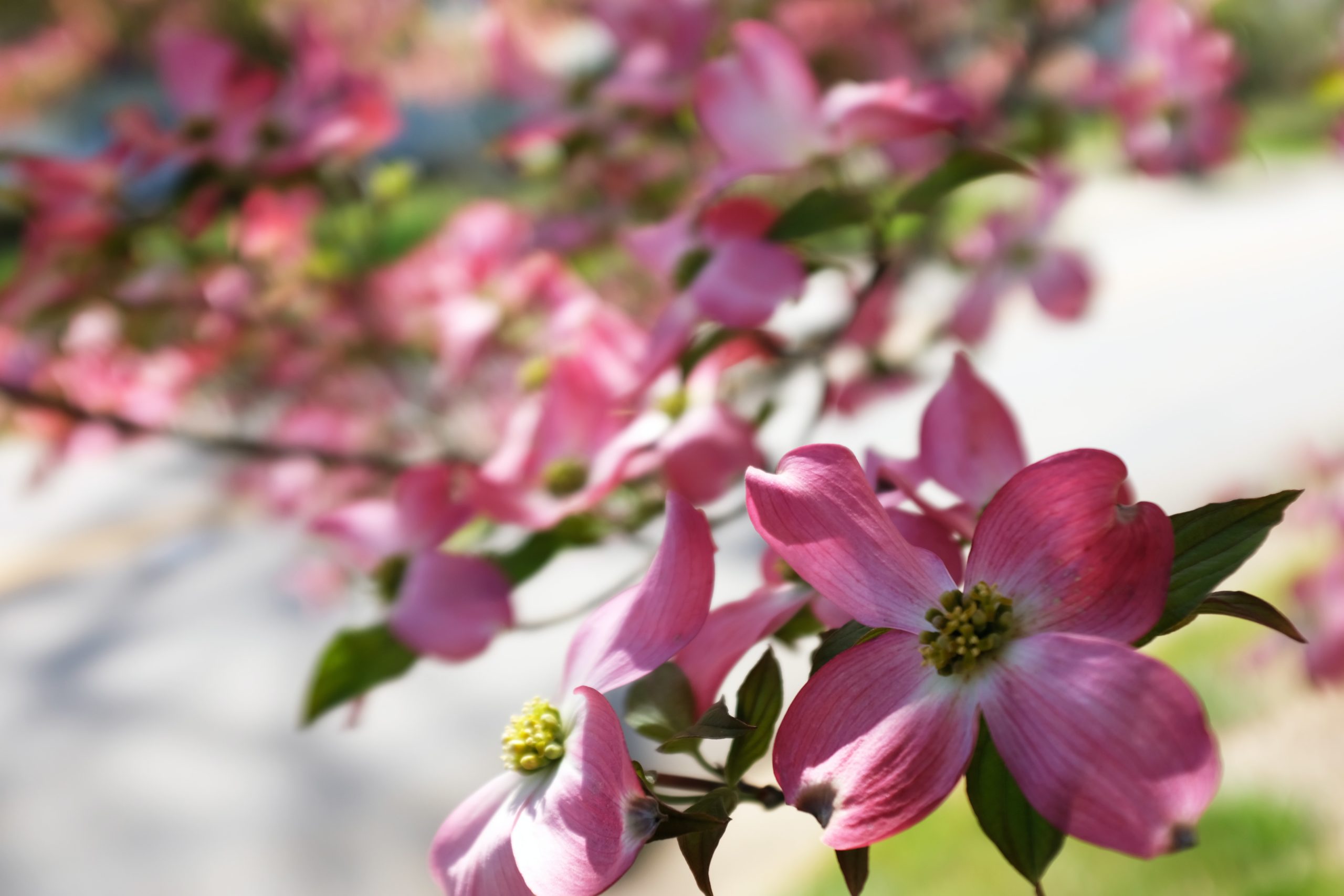In 2014, Olin and I went through training and certification to become Master Gardeners in Williamson County. We learned SO much during the 14 week course, but the most valuable information concerned native trees and native plants specific to Middle Tennessee.
Adding native trees to your landscape not only adds beauty, but it also benefits the ecosystem. Wildlife, like the birds and bugs that benefit your garden, have adapted over thousands of years to native plant species.
As this Tennessee Ag Extension publication explains:
“Native trees are already part of the ecosystem, contributing to local energy flows and nutrient cycles. Other organisms in the system are adapted to the structure, function and chemical composition of native trees. Birds, insects, fungi and other wildlife recognize and use native trees to support their biological needs. Trees introduced from other countries or areas, the so-called exotics, do not always fulfill these needs.”
For those local to Tennessee and the eastern United States, here are 4 native trees to beautify your landscape.
Red Maple
(Acer rubrum)
Native to the eastern United States, the red maple, also known as the soft maple, can be found all the way from Florida to Maine, and west out to Texas. It can grow to a height of around 100 ft and has a deep, sprawling root system. This easy-to-grow tree stuns in the fall with electrifyingly-red foliage that instantly adds a wow factor to any landscape.
Learn more about red maple trees here.
White Oak
(Quercus alba)
Twenty species of oak trees are native to Tennessee, including the white oak. All oak trees have acorns, providing food for the critters that call this region home. With their beautiful foliage, both in the summer and fall, and wide limbs that provide ample shade, these make for excellent additions to your landscape.
White Oak also provides the preferred wood for growing several varieties of mushrooms in log cultivation.
Learn more about oak trees here.
Dogwood
(Cornus florida)
Nothing quite welcomes in springtime like the flashy blooms of the dogwood tree. It’s a small, ornamental tree native to the eastern United States. In autumn, the leaves change to a show-stopping red or deep crimson color. Dogwood trees also have red berries that attract birds and other small critters.
Learn more about dogwood trees here.
Tulip Poplar
(Liriodendron tulipifera)
The tulip poplar, a member of the magnolia family, is not only Tennessee’s state tree (and the state tree of Kentucky and Indiana, too), but it’s also the tallest hardwood tree in North America. In fact, it’s able to grow up to 150 feet high. One high-achieving tulip poplar in Kentucky measures at 168 feet tall. To put that height in perspective, your average 10-story building is around 100 feet tall. The tulip poplar can also grow to the wise old age of 200+ years.
In May and June, it blooms colorful orange and green tulip-shaped flowers, which attract pollinators. As fall arrives, this tree offers a treat of striking gold and yellow leaves.
Learn more about tulip poplars here.
More Native Plant Resources:
Tennessee Native Plant Society
This society seeks to educate and conserve the variety of plants that call Tennessee home.
Lady Bird Johnson Wildflower Center
This center provides a list of native plants sorted by each state in the U.S., which it dubs “the most comprehensive database of native plants for North America.”
Take a look at Tennessee’s native plants list here.
Live in a state other than Tennessee?
LOCAL TO MIDDLE TENNESSEE?
Join us for our “Kid’s Nature Hike: Tree Identification” Class
Stoney Creek Farm sits on 15 acres of land, with half of it covered in trees. During this kid’s class, we’ll go on a fun nature walk across the farm to learn how to identify some of the trees native to Middle Tennessee.
This class is a great chance to get in nature! We hope to see you here on Saturday, April 2, 2022.


